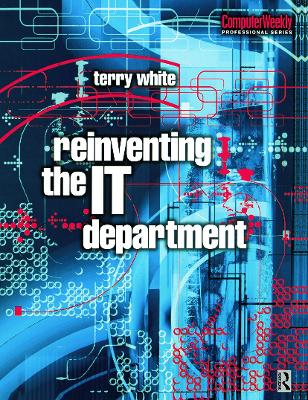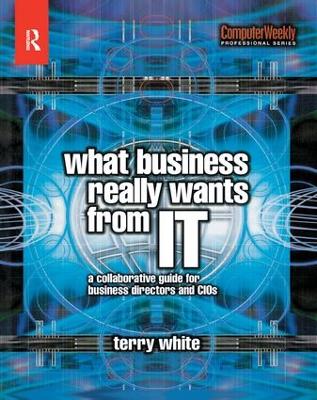Computer Weekly Professional
2 total works
'Reinventing the Information Technology Department' is both anecdotal and informal but deals with a subject which is of vital interest to Chief Information Officers and IT Managers, addressing questions such as:
* How does the IT department keep pace with business change?
* How do we provide stable and responsive IT platforms?
* How do we add recognised value to the organisation?
* How do I reinvent my department?
* How do I get onto the board?
It offers an alternative view of the new roles of the in-house IT function and proposes a rethink about IT services within companies, suggesting a self-help approach to redefining/reinventing in-house IT for CIOs.
The author explains that new modes of business thinking and operation are essential if a company is to succeed in the near future and in light of this covers topics such as self-organising systems, knowledge management, multi-stakeholder perspectives, and empowerment initiatives in relation to the overall business and in particular the IT function.
Each chapter contains implementation templates for the readers to take themselves through the repositioning or reengineering of the IT function and their own departments.

